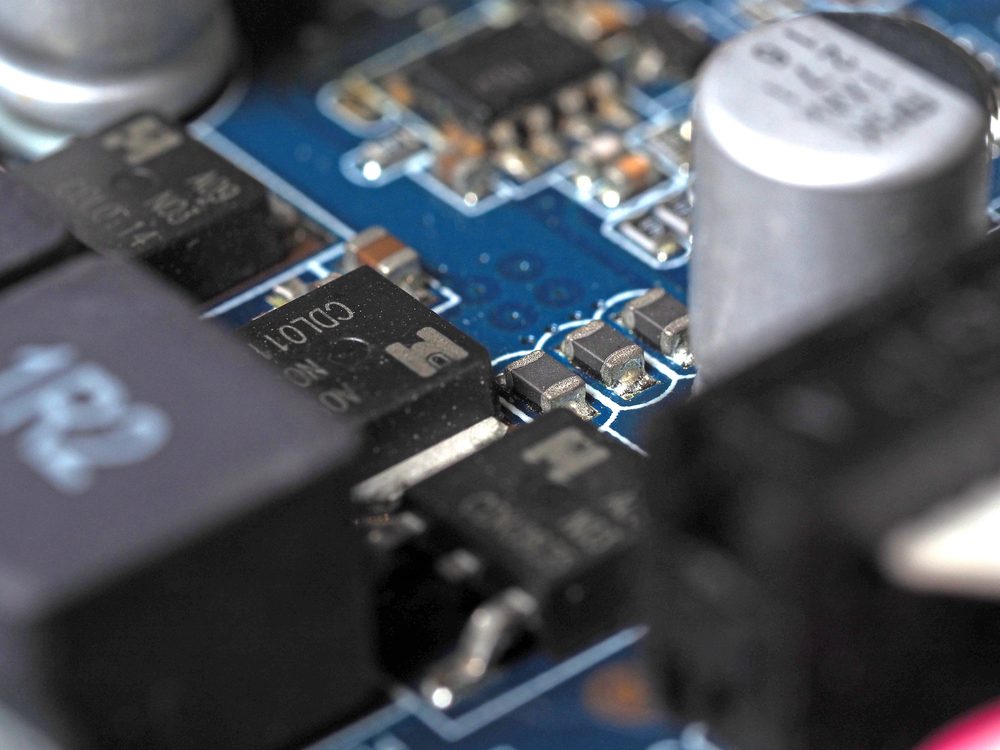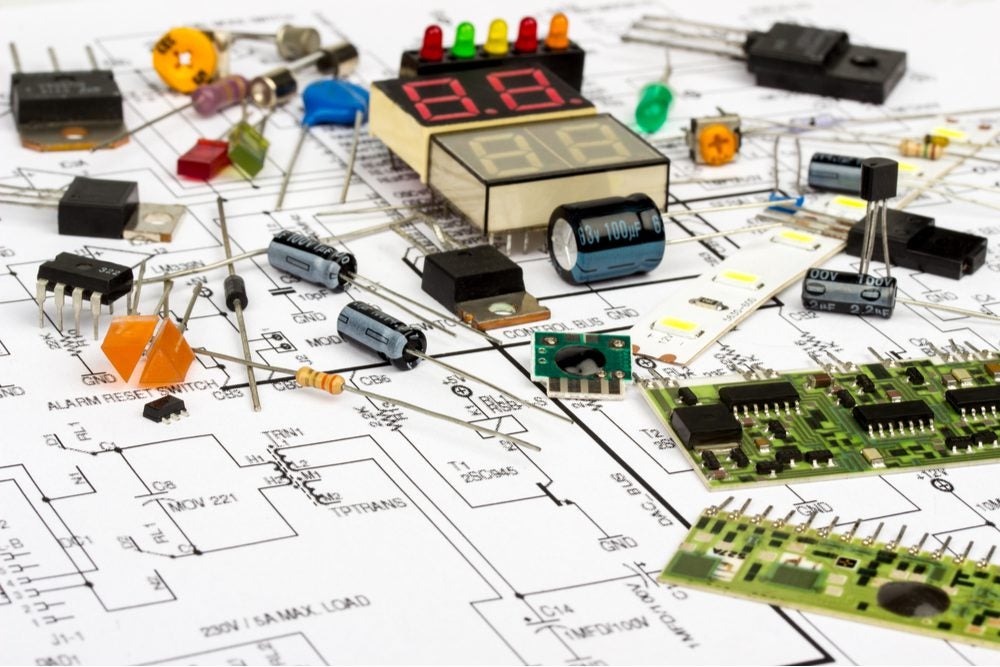
The search to find components for an electronics project can be daunting, even with the resources available today. There are so many options out there, making it easy to lose sight of why one component might be better than another, or why a comparative search is necessary. Designers may not realize their search for components is not as effective as it could be. A component cross-reference search is vital to finding the best components for a project. However, undertaking a successful component cross-reference search is more complicated than it might first appear.
Benefits of a Component Cross Reference Search
Properly cross-referencing components can help designers predict how well their eventual build processes will be completed and prepares manufacturers for possible problems in the component supply chain. Delays in the acquisition of components are common; sometimes it can take up to a year to ensure a project has the proper components.
Unexpected delays can cripple a manufacturer’s ability to create a product. The factors causing delays are numerous and often out of the manufacturer’s control. Supply and demand problems, political changes, and components reaching the end of their life cycles are a few common causes of significant delays. A component cross-reference search seeks to minimize the chances of these delays. While it is impossible to anticipate every possible way components could be delayed, current and comprehensive industry data can often protect manufacturers from creating untenable manufacturing plans.
Cross-referencing components can also create new opportunities for designers by introducing them to new components. Many components have multiple variants specialized for certain tasks. If a designer plans to use a specific variant of a component in their project, cross-referencing with other variants may reveal a better fit for their task.
Designers can also avoid costly mistakes with thorough cross-referencing. Some groups of components act in similar ways, which can make it seem like any component in the group can do certain tasks. Cross-referencing components can prevent a designer from making a substandard choice when choosing between equivalent components, increasing the robustness and longevity of their design.
Conducting a Component Cross-Reference Search
A component cross-reference search can’t begin until a designer knows how their finished project should look and function. This process is called “requirements gathering”. Designers base their initial decisions about a project’s components on the functional needs the project has. Therefore, designers must have a clear vision of the project’s needs, and a complete understanding of special concerns such as high heat generation, high current loads, or limited space. The more complex the project, the more important it is for initial requirements gathering to accurately describe the finished product—each component could affect another inside the finished product.
The simplest way to do a component cross-reference search is to use a component search engine or a parts service. Many companies, including Ultra Librarian, supply designers with component search capabilities. While this is an important step in the cross-referencing process, it’s not the only thing a designer should do. After they find a component they think will serve their needs, designers should do as much in-depth research on the component as possible.
Designers can use datasheets to analyze technical specifications, especially if there are alternative variants of a component which look equally useful at first glance. Component search engines and technical datasheets don’t often contain information about how components interact with each other, so designers often need to research many combinations of components to make sure they are compatible with each other. Although this step can be arduous, this research is necessary to prevent costly designs or dangerous incompatibilities between components.

Analyzing Component Cross-Reference Search Results
A designer can know their component cross-reference search was thorough by analyzing how well their finished design, and its components, will hold up under industry pressure. The exact process of this analysis can vary depending on the industry or manufacturing need, but in general, the designer should ask themselves the following questions:
- Does my proposed design meet the necessary functional needs?
- Have I incorporated the best possible components for the needed functionality?
- Will any of my components be difficult to obtain in the future?
- Do I have alternative components specified whenever possible?
- Have I ruled out any dangerous or problematic component interactions?
For some designers, these key questions may be just the start of their analysis. Each project will have different requirements and considerations: one project may heavily weigh environmental impact, another project may only allow specific materials, while a third project may require components that only function in a specialized environment. For example, designing a space shuttle requires vastly different components and cross-references than a design for a terrestrial lawnmower.
The common thread between all component cross-reference searches is research and analysis. Designers must know when their cross-referenced information requires more research, and also be able to recognize when enough research has been done to have confidence in a design. Many complex projects contain enough components that exhaustive cross-referencing wouldn’t be an effective use of time, so designers must choose which components deserve the most analysis time. Although it’s never possible to create a perfect project, the right amount of comparative analysis can bring designers as close as possible.

Ultra Librarian allows PCB designers to conduct component cross-reference searches in an extensive search engine covering manufacturers, component variants, and best prices. Working with Ultra Librarian takes the guesswork out of preparing for your next great device, and puts your ideas on the road to success. Register today for free.








